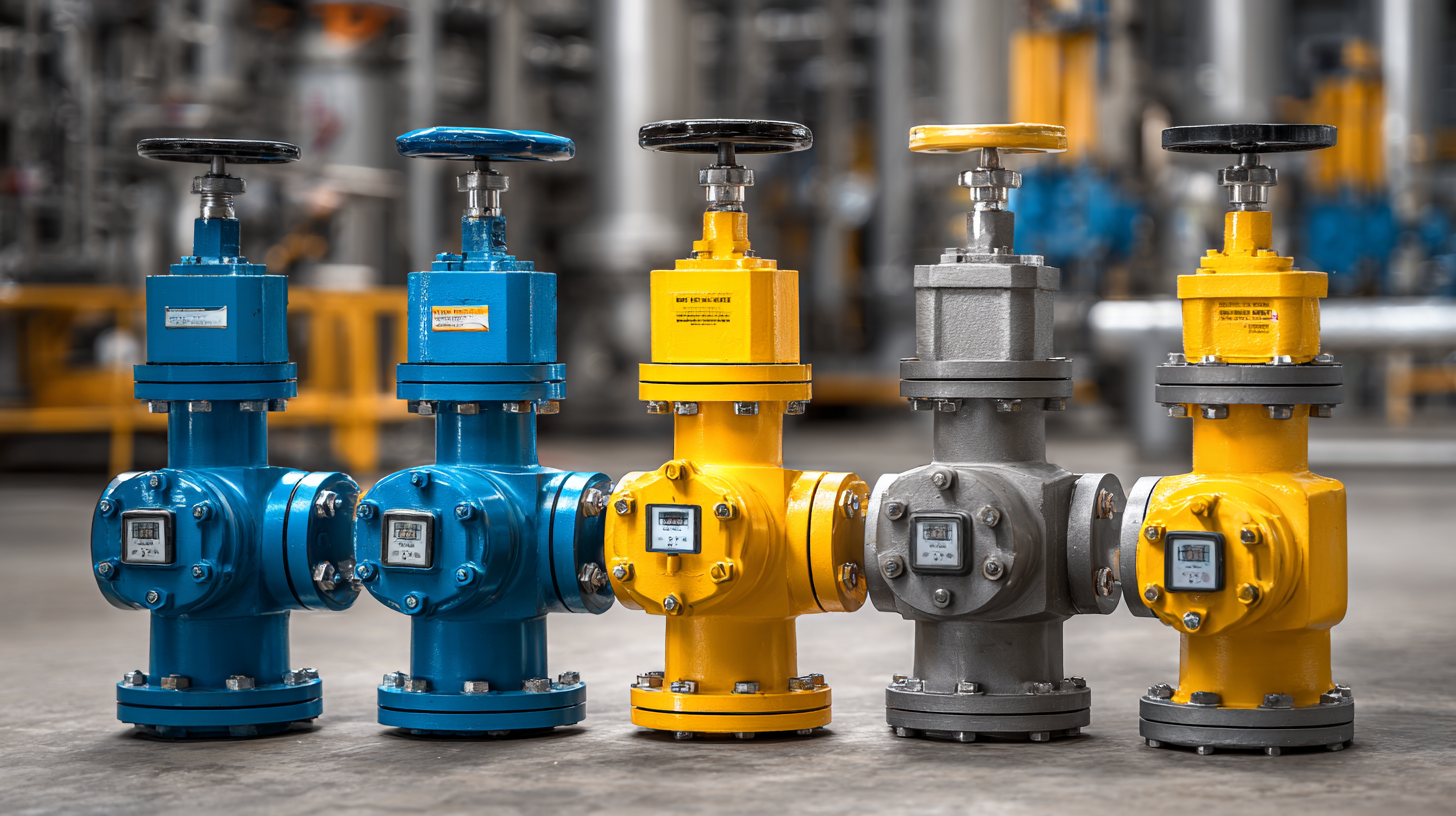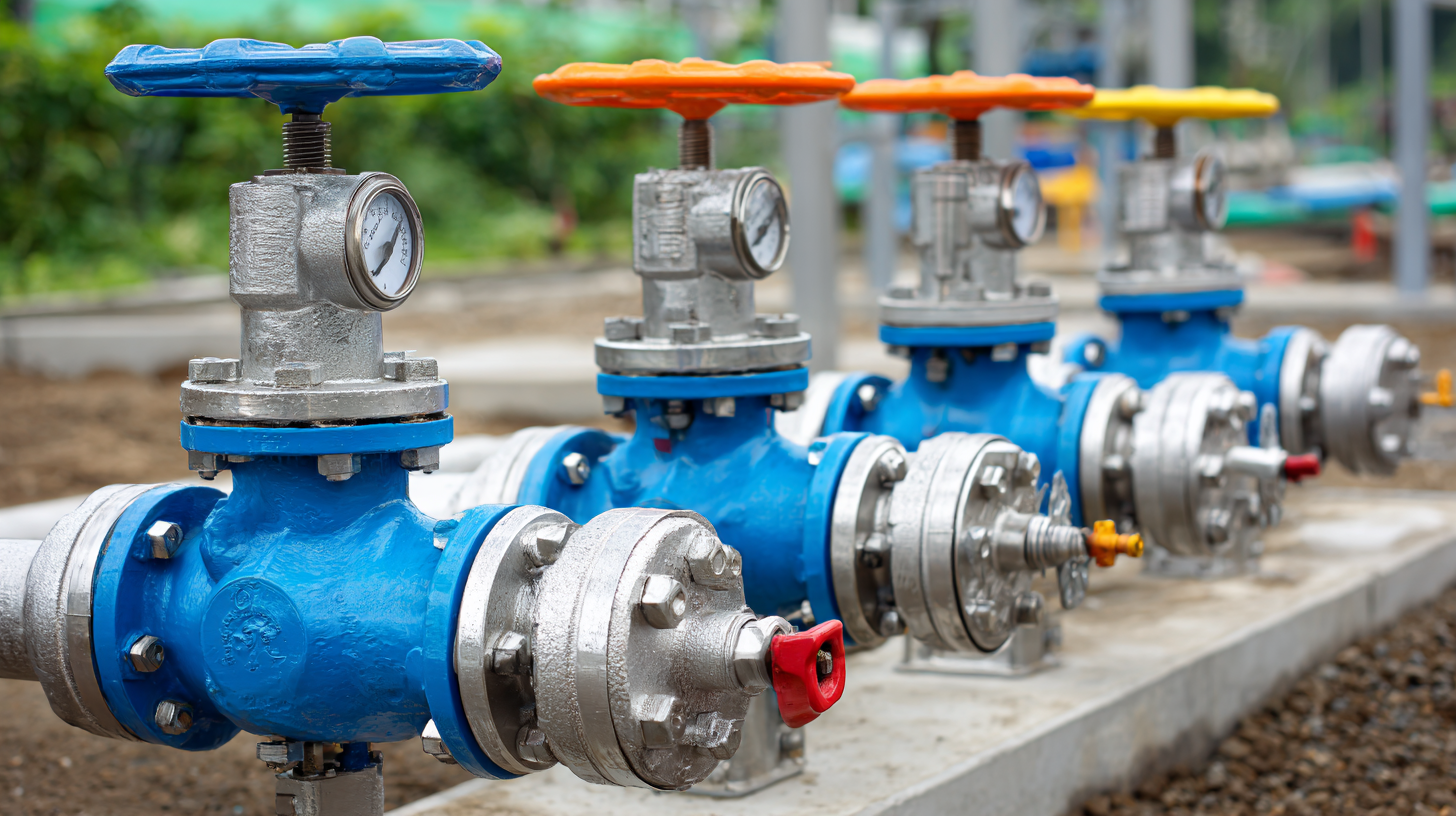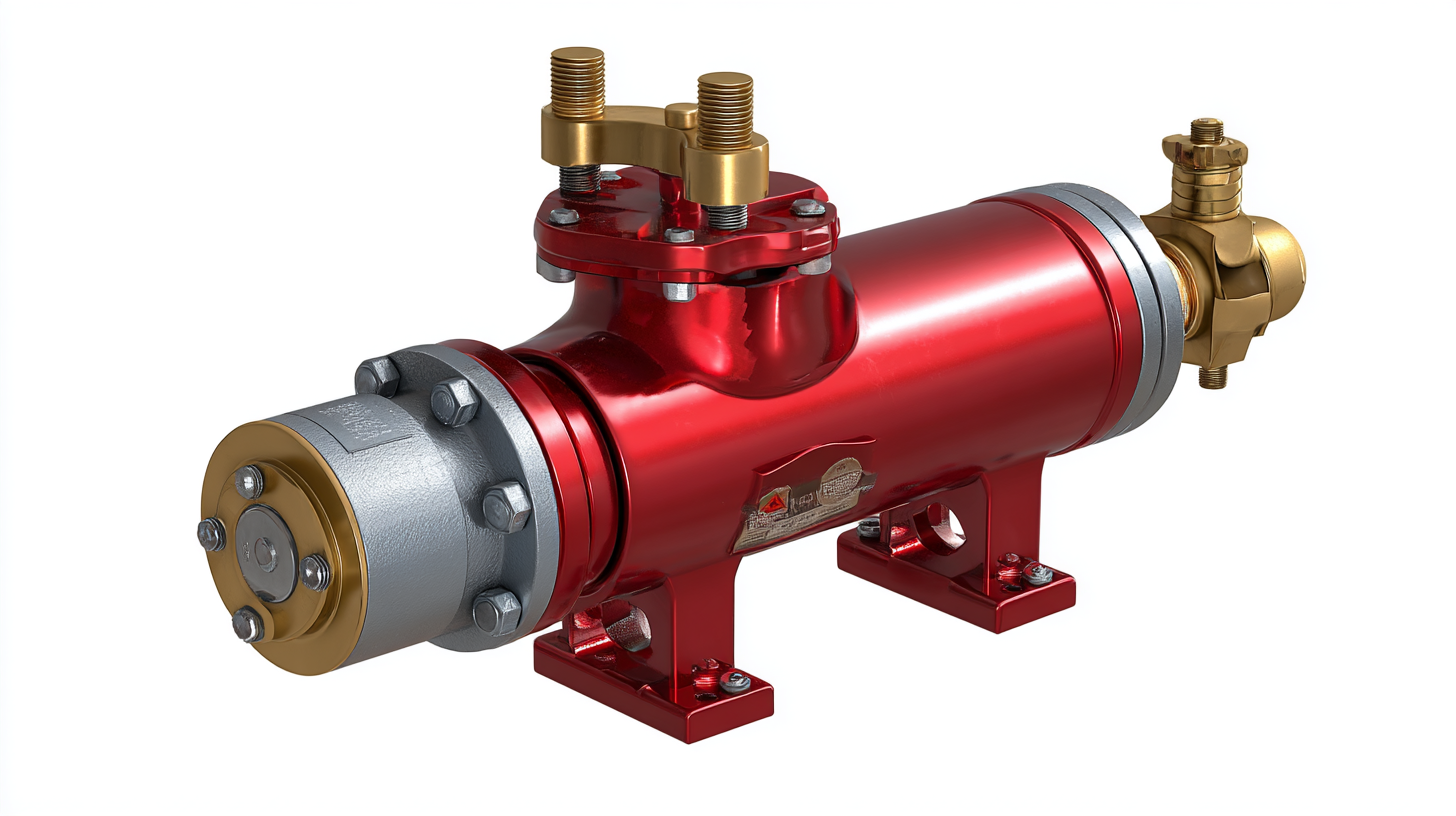
In today's industrial landscape, the selection of a pressure safety valve (PSV) is crucial for ensuring operational safety and efficiency across various sectors, including oil and gas, chemical processing, and power generation. According to a report by the Global Market Insights, the pressure safety valve market is projected to surpass USD 4 billion by 2026, driven by the increasing demand for safety solutions in manufacturing processes.

As these valves play a pivotal role in protecting equipment and maintaining operational integrity by preventing overpressure scenarios, choosing the right PSV can significantly impact a facility's safety protocols and compliance with regulations. This blog will outline seven essential tips for selecting the best pressure safety valve, helping professionals navigate the complexities of this critical component in their industry applications.
Pressure safety valves (PSVs) play a crucial role in maintaining safety within various industrial applications, primarily by preventing overpressure situations that can lead to catastrophic failures. According to a report by the American Society of Mechanical Engineers (ASME), improperly functioning safety valves account for approximately 30% of industrial accidents, underscoring the importance of understanding their key functions. A PSV is designed to automatically release pressure when it exceeds predetermined limits, ensuring that equipment remains within safe operating conditions. This is vital for protecting both personnel and property in industries like oil and gas, chemical manufacturing, and power generation.
The importance of selecting the right PSV cannot be overstated, as the performance and reliability of these devices directly impact process safety and efficiency. A study conducted by the National Institute for Occupational Safety and Health (NIOSH) indicates that 70% of industry professionals prioritize valve selection as a critical safety measure. Essential factors to consider include the valve's set pressure, flow capacity, and response time. By choosing a PSV that aligns with specific operational requirements, companies can not only enhance safety but also improve productivity and compliance with regulatory standards, ultimately contributing to a safer working environment for all.
| Tip | Description | Key Consideration |
|---|---|---|
| 1. Understand the Operating Conditions | Assess the maximum allowable pressure and temperature for your system. | Compatibility with media and ambient conditions. |
| 2. Choose the Right Size | Select a valve with an adequate relief capacity to handle the required flow. | Sizing according to your system layout. |
| 3. Material Selection | Choose materials that resist corrosion, erosion, and high temperatures. | Durability and lifecycle cost effectiveness. |
| 4. Consider Valve Type | Different types include spring-loaded, pilot-operated, or balanced bellows. | Operational efficiency and response time. |
| 5. Review Compliance Standards | Ensure the valve complies with local and international safety standards. | Regulatory requirements and certifications. |
| 6. Evaluate Maintenance Needs | Assess how frequently the valve will need to be serviced. | Minimizing downtime and operational disruptions. |
| 7. Seek Expert Advice | Consult with engineers or manufacturers for tailored solutions. | Leveraging expertise for optimal choices. |
When selecting the best pressure safety valve, understanding the maximum allowable pressure (MAP) is crucial. The MAP is essentially the upper limit of pressure that a system can handle safely. Choosing a valve that can withstand this pressure ensures that it will function correctly without risk of failure. It's essential to verify the specifications of the valve against the system’s MAP to prevent hazardous overpressure situations. Always consider the characteristics of your system, including fluid type and temperature, as these factors will influence the performance and longevity of the valve.

Set points are another vital aspect when choosing a pressure safety valve. The set point is the pressure at which the valve will open to relieve excess pressure. Selecting the correct set point is crucial to ensure the valve activates in a timely manner to protect the system from overpressure conditions. It's advisable to establish a clear understanding of the operational pressures within your system, as well as any potential pressure spikes that may occur during operation. This will help in configuring the set point accurately, ensuring safety and efficiency throughout the lifespan of the pressure safety valve.
When selecting a pressure safety valve (PSV), the choice of materials is crucial to ensure reliable performance and longevity in various applications. The materials used in the construction of PSVs must withstand not only internal pressure but also environmental conditions. According to a report by the Global Pressure Relief Valve Market, stainless steel is one of the most commonly used materials due to its excellent corrosion resistance and mechanical properties. In industries such as oil and gas, where exposure to harsh chemicals and extreme temperatures is frequent, the use of high-grade materials like Inconel and Hastelloy significantly enhances the durability and safety of the valves.
In addition to corrosion resistance, thermal stability plays a vital role in material selection for PSVs. The American Society of Mechanical Engineers (ASME) specifies that materials must maintain their integrity under fluctuating temperatures common in industrial processes. For instance, low-temperature applications may require materials that avoid brittleness, while high-temperature settings need components that can withstand thermal expansion without losing their sealing ability.
By understanding the specific requirements of the application and choosing the right materials, industries can prevent failures, reduce maintenance costs, and ensure high levels of safety in their operations.
When sizing a pressure safety valve (PSV), ensuring proper capacity and flow is critical for system safety and efficiency. The American National Standards Institute (ANSI) recommends that PSVs be sized to handle the full flow of the protected system to prevent overpressure conditions. This involves calculating the maximum anticipated flow rate based on the potential failure scenarios of connected equipment, typically derived from historical data or system simulations.
A key factor in the sizing process is understanding the specific service conditions, including pressure, temperature, and the nature of the fluid being safeguarded. According to a report by the Center for Chemical Process Safety (CCPS), improper sizing can lead to catastrophic failures, highlighting that nearly 60% of industrial incidents can be traced back to valve failures or miscalculations. Therefore, using precise flow equations and considering factors like back pressure and fluid properties is essential to ensure the selected PSV can effectively manage potential overpressure events while maintaining operational integrity.
Always consult industry guidelines and perform thorough analyses to achieve optimal sizing for your pressure safety valve.
When choosing the best pressure safety valve, compliance and certification play a crucial role in ensuring safety and reliability in various applications. The Pressure Equipment (Safety) Regulations 2016 outline the essential requirements that pressure equipment must meet before entering the Great Britain market. Thus, understanding these regulatory standards is fundamental for manufacturers and end-users alike, ensuring that products not only function well but also adhere to legal safety measures.

For industry professionals, obtaining proper certifications such as Type Approval is vital. This certification verifies that materials and components meet specific safety and performance standards, fostering confidence in the reliability of pressure safety valves. Moreover, recent movements toward more rigorous compliance programs, including initiatives like MOAH-free certification, highlight the growing importance of adherence to safety protocols across sectors, from the food industry to pressure equipment.
Staying informed about these evolving standards can significantly mitigate risks associated with pressure systems, enabling businesses to support safe operational practices effectively.